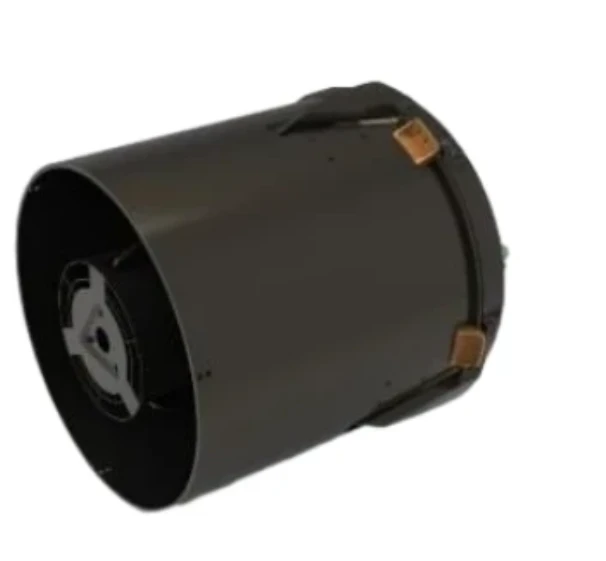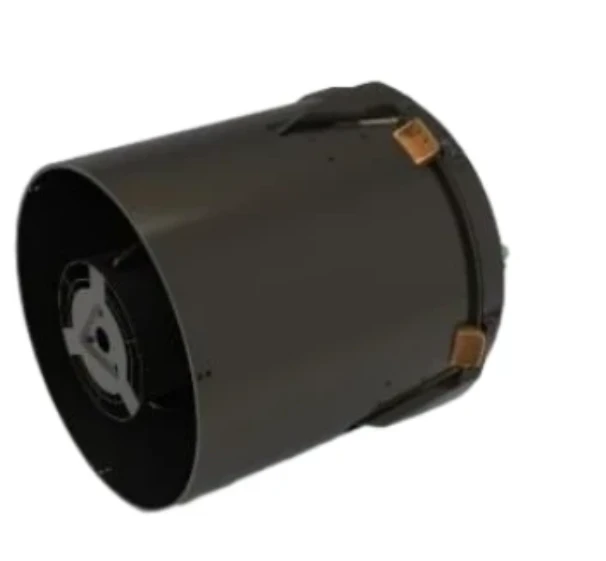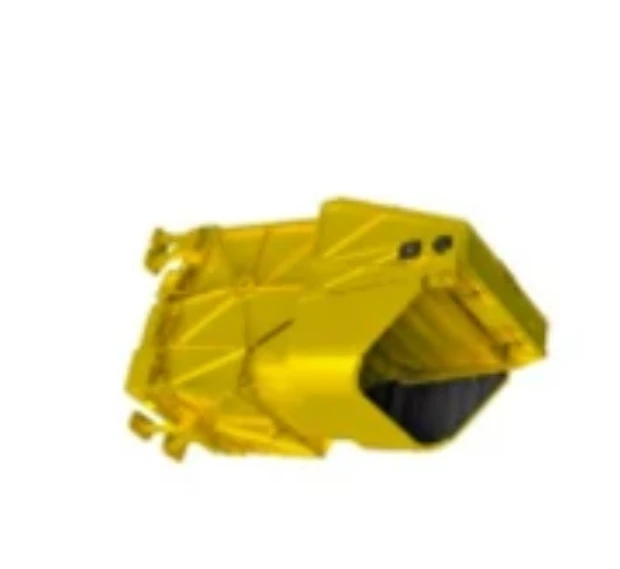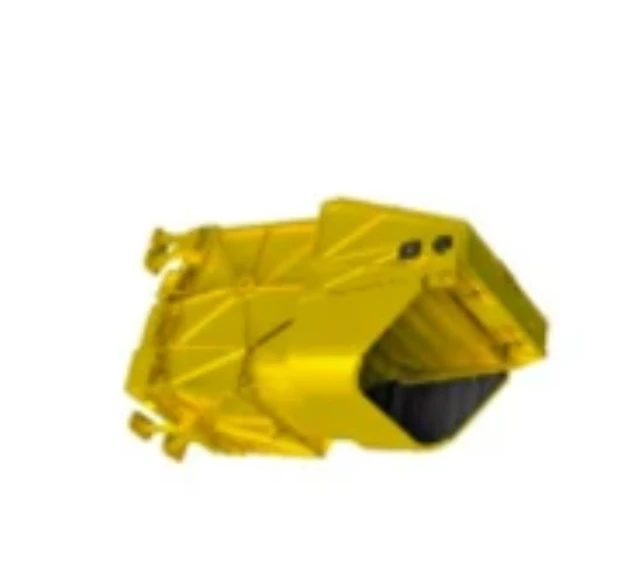
- Afrikaans
- Albanian
- Amharic
- Arabic
- Armenian
- Azerbaijani
- Basque
- Belarusian
- Bengali
- Bosnian
- Bulgarian
- Catalan
- Cebuano
- China
- Corsican
- Croatian
- Czech
- Danish
- Dutch
- English
- Esperanto
- Estonian
- Finnish
- French
- Frisian
- Galician
- Georgian
- German
- Greek
- Gujarati
- Haitian Creole
- hausa
- hawaiian
- Hebrew
- Hindi
- Miao
- Hungarian
- Icelandic
- igbo
- Indonesian
- irish
- Italian
- Japanese
- Javanese
- Kannada
- kazakh
- Khmer
- Rwandese
- Korean
- Kurdish
- Kyrgyz
- Lao
- Latin
- Latvian
- Lithuanian
- Luxembourgish
- Macedonian
- Malgashi
- Malay
- Malayalam
- Maltese
- Maori
- Marathi
- Mongolian
- Myanmar
- Nepali
- Norwegian
- Norwegian
- Occitan
- Pashto
- Persian
- Polish
- Portuguese
- Punjabi
- Romanian
- Russian
- Samoan
- Scottish Gaelic
- Serbian
- Sesotho
- Shona
- Sindhi
- Sinhala
- Slovak
- Slovenian
- Somali
- Spanish
- Sundanese
- Swahili
- Swedish
- Tagalog
- Tajik
- Tamil
- Tatar
- Telugu
- Thai
- Turkish
- Turkmen
- Ukrainian
- Urdu
- Uighur
- Uzbek
- Vietnamese
- Welsh
- Bantu
- Yiddish
- Yoruba
- Zulu
Exploring the Evolution and Applications of Optical Camera Technology.
In the rapidly advancing world of imaging, optical cameras and their related technologies have been at the forefront of innovation. From the fundamental distinctions between optical camera vs digital camera to the specialized capabilities of 50x optical zoom security camera, 100x optical zoom security camera, and pan tilt zoom security camera systems, these devices have transformed the way we capture, monitor, and analyze visual information. Their significance spans across various sectors, including photography, surveillance, and scientific research, making them a subject of great interest and technological development.
Discovering the Inner Workings of Optical Cameras
An optical camera is a device that relies on the principles of optics to capture images. At its core, it uses lenses to focus light onto a photosensitive medium, which could be traditional film in older models or an image sensor in modern digital versions. In professional photography, optical cameras equipped with high - quality lenses are prized for their ability to produce sharp, detailed images with accurate color reproduction. For instance, in landscape photography, photographers often use optical cameras with wide - angle lenses to capture the vastness of a scene, leveraging the camera's optical properties to ensure that every element, from the foreground to the distant horizon, is in focus. The precision of optical cameras in handling light and creating a clear image is what sets them apart in the realm of imaging.
Unraveling the Differences in Optical Camera vs Digital Camera
The comparison between optical camera vs digital camera has been a topic of discussion among photography enthusiasts and professionals alike. While optical cameras have a long - standing history with film - based photography, digital cameras have revolutionized the industry with their electronic image sensors. Digital cameras convert light into electrical signals, which are then processed into digital images that can be stored, edited, and shared instantly. One key difference lies in the storage and processing of images. Optical cameras using film require development in a darkroom or by a specialized lab, a process that takes time and involves chemicals. In contrast, digital cameras allow users to review and manipulate images immediately on the camera's screen or on a computer. However, optical cameras often offer a unique aesthetic quality in the form of film grain and color gradients that many photographers still prefer for certain types of projects.
The Power of 50x Optical Zoom Security Camera in Surveillance
In the field of security, the 50x optical zoom security camera has become an essential tool for monitoring large areas with precision. These cameras are designed to capture clear images from significant distances, making them ideal for applications such as monitoring parking lots, industrial sites, or large public spaces. The 50x optical zoom feature allows the camera to magnify distant objects without sacrificing image quality, a crucial aspect for identifying details like license plate numbers or facial features. For example, in a large commercial complex, a 50x optical zoom security camera mounted on a high vantage point can monitor multiple entrances and exits, ensuring that any suspicious activity can be observed and recorded clearly, even if it occurs far from the camera's location.
Advancing Surveillance with 100x Optical Zoom Security Camera
Taking surveillance capabilities to the next level, the 100x optical zoom security camera offers an even greater range of magnification. This type of camera is particularly useful in scenarios where extreme long - range monitoring is required, such as border control, wildlife observation, or large - scale infrastructure surveillance. With a 100x optical zoom, the camera can capture minute details from miles away, providing a high - level of situational awareness. For instance, in a wildlife reserve, a 100x optical zoom security camera can be used to observe rare animals in their natural habitat without disturbing them, allowing researchers to study behavior and population trends from a safe distance. The enhanced zoom capabilities of these cameras make them indispensable for applications that demand detailed, long - range monitoring.
The Versatility of Pan Tilt Zoom Security Camera Systems
Pan tilt zoom security camera systems combine the functions of panning, tilting, and zooming to provide comprehensive coverage of an area. These systems can be remotely controlled, allowing operators to adjust the camera's position and zoom level in real - time. In a busy airport terminal, a pan tilt zoom security camera system can be used to monitor crowds, baggage claim areas, and security checkpoints. The camera can pan across the terminal to follow the movement of people, tilt up to view upper - level walkways, and zoom in on any suspicious activity. This versatility makes pan tilt zoom security camera systems highly effective in dynamic environments where a wide field of view and the ability to focus on specific details are both necessary.
FAQ: Insights into Optical Camera and Related Technologies
How to Choose the Right Optical Camera for Photography?
When selecting an optical camera for photography, several factors should be considered. First, determine your shooting style and the types of subjects you typically photograph. If you're into portrait photography, a camera with a fast lens that can create a shallow depth of field may be ideal. For landscape photography, a camera with a wide - angle lens and good dynamic range is important. Consider the camera's sensor size, as larger sensors generally produce better - quality images with less noise. Also, think about the camera's compatibility with different lenses and accessories, as well as its ease of use and features such as manual controls and image stabilization.
What Are the Benefits of a Digital Camera over an Optical Camera?
Digital cameras offer several advantages over traditional optical cameras. The ability to instantly review and delete images saves time and resources, as there's no need to develop film. Digital cameras also provide greater flexibility in terms of storage, as images can be stored on memory cards of various capacities and easily transferred to a computer for editing and sharing. Additionally, digital cameras often come with built - in editing features, allowing users to make basic adjustments to images right on the camera. The wide range of shooting modes and settings in digital cameras also makes them suitable for different lighting conditions and photography styles.
How Does the Zoom Feature in Security Cameras Impact Image Quality?
The zoom feature in 50x optical zoom security camera and 100x optical zoom security camera can affect image quality. Optical zoom, which uses the camera's lens to magnify the image, generally maintains good image quality as long as the camera's resolution and sensor capabilities are sufficient. However, digital zoom, which enlarges the existing pixels, can result in a loss of detail and image degradation, especially at high zoom levels. When using optical zoom in security cameras, it's important to ensure that the camera is properly stabilized to avoid blurriness, as even small vibrations can be amplified at high zoom levels.
What Maintenance Is Required for Pan Tilt Zoom Security Camera Systems?
Regular maintenance is essential for pan tilt zoom security camera systems to ensure optimal performance. Periodically clean the camera lens to remove dust, dirt, and debris that can affect image quality. Check the camera's pan, tilt, and zoom mechanisms to ensure smooth operation and lubricate any moving parts if necessary. Inspect the camera's cables and connections for signs of wear or damage, and replace them if needed. It's also important to update the camera's firmware regularly to ensure it has the latest security features and performance improvements. Additionally, test the camera's remote control functionality and adjust the camera's settings as required to maintain effective surveillance coverage.
Can Optical Cameras Be Used in Extreme Weather Conditions?
Many optical cameras are designed to withstand a range of weather conditions, but their suitability for extreme environments depends on the camera model and its build quality. Some cameras are weather - sealed, which means they are protected against dust, water, and moisture, making them suitable for use in rain, snow, or dusty conditions. However, extreme temperatures, both hot and cold, can still affect the camera's performance. In very cold weather, battery life may decrease, and the camera's internal components may become sluggish. In hot weather, overheating can be a concern. When using optical cameras in extreme weather, it's advisable to use appropriate protective gear and take precautions to ensure the camera's longevity.











